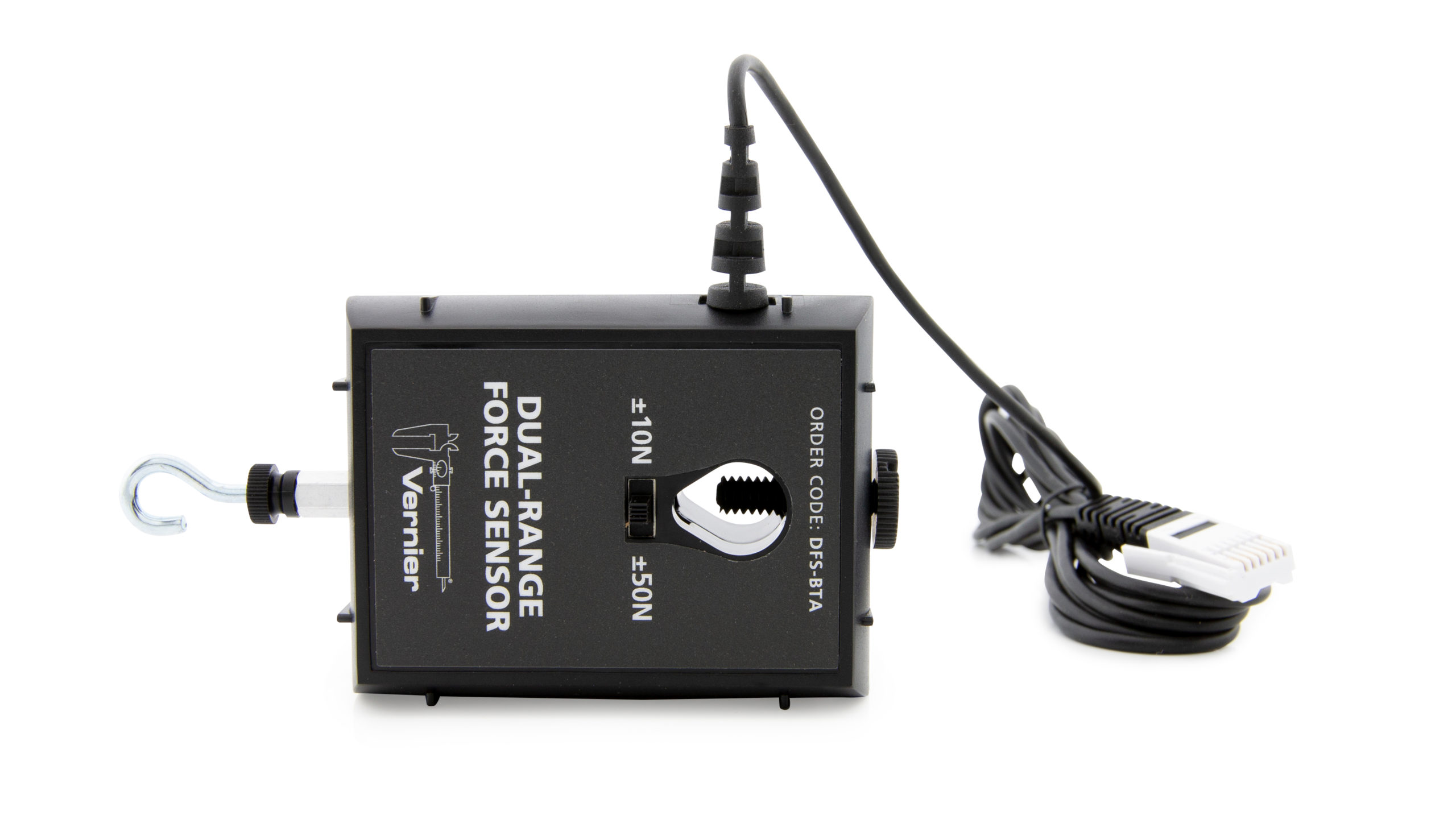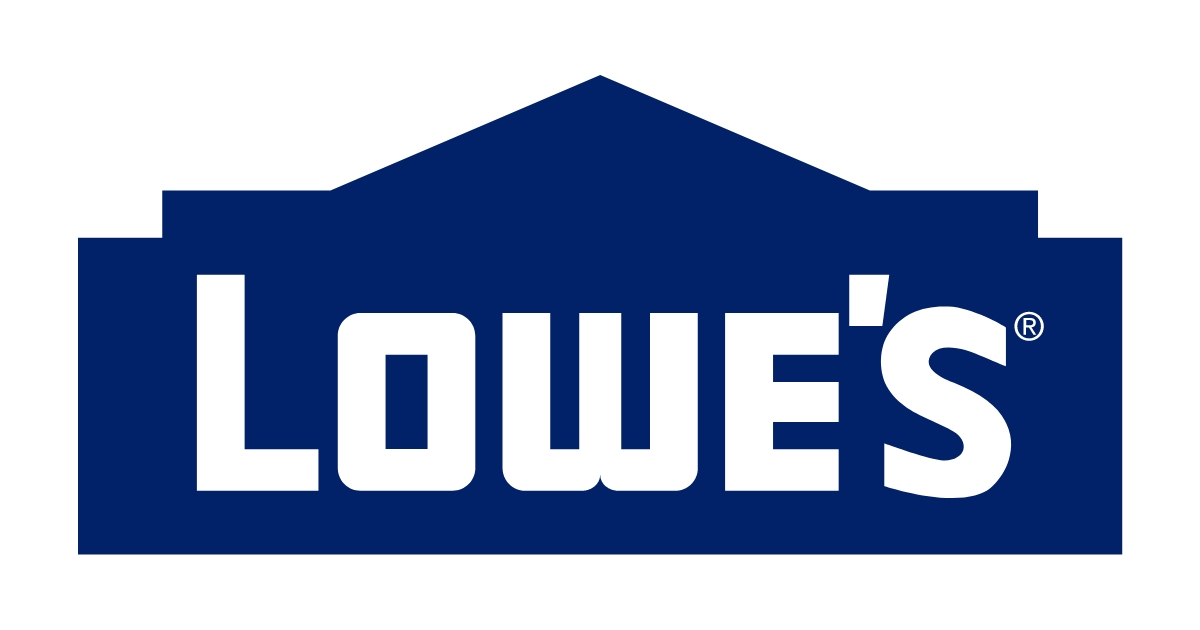Vernier Dual Range Force Sensor: Top-notch Specifications, Comprehensive Comparisons, And Trusted Buying Sources
Vernier Dual Range Force Sensor Information
the information about the Vernier Dual Range Force Sensor:
Introduction
The Vernier Dual Range Force Sensor is a general-purpose sensor for measuring pushing and pulling forces. It has two ranges: ±10 N and ±50 N, and a resolution of 0.01 N and 0.05 N, respectively. This allows you to measure forces over a wide range, from very small to very large.
The sensor is made of a lightweight, durable plastic. It has a hole in the center for mounting on a ring stand, cart, or force table. It also comes with a cable that connects to the Vernier Interface or other compatible devices.
Specifications
Here is a table of the specifications for the Vernier Dual Range Force Sensor:
| Specification | Value |
|---|---|
| Range | ±10 N or ±50 N |
| Resolution | 0.01 N or 0.05 N |
| Accuracy | ±0.5% of reading |
| Temperature range | 0°C to 50°C |
| Weight | 30 g |
Features
The Vernier Dual Range Force Sensor has a number of features that make it a versatile and useful tool for measuring forces:
- Two ranges allow you to measure forces over a wide range.
- High resolution provides accurate measurements.
- Lightweight and durable construction makes it easy to use and transport.
- Cable included for connecting to the Vernier Interface or other compatible devices.
What's in the box
The Vernier Dual Range Force Sensor comes in a box that includes the following:
- Force sensor
- Cable
- Screws
- Nuts
- Instruction manual
Applications
The Vernier Dual Range Force Sensor can be used in a wide variety of applications, including:
- Studying friction
- Measuring the impact of collisions
- Investigating simple harmonic motion
- Measuring centripetal force
- Testing the strength of materials
- Designing machines
Conclusion
The Vernier Dual Range Force Sensor is a versatile and accurate tool for measuring forces. It is easy to use and transport, and it comes with a variety of features that make it a valuable addition to any laboratory.

I hope this information is helpful. Please let me know if you have any other questions.
Vernier Dual Range Force Sensor Compare with Similar Item
a comparison of the Vernier Dual Range Force Sensor with two similar items:
| Feature | Vernier Dual Range Force Sensor | PASCAL Force Sensor FS-205 | SparkFun Force Sensitive Resistor (FSR) |
|---|---|---|---|
| Range | ±10 N or ±50 N | ±20 N | 0.1 to 10 N |
| Resolution | 0.01 N | 0.05 N | 0.1 N |
| Accuracy | ±0.5% of full scale | ±1% of full scale | ±2% of full scale |
| Weight | 6 g | 12 g | 1.5 g |
| Dimensions | 1.8 x 1.2 x 0.4 cm | 2.2 x 1.7 x 0.8 cm | 1.5 x 1.0 x 0.3 cm |
| Price | $39.95 | $49.95 | $9.95 |
Vernier Dual Range Force Sensor
- The Vernier Dual Range Force Sensor is a versatile sensor that can be used to measure a wide range of forces.
- It is accurate and reliable, and it comes with a variety of mounting options.
- The sensor is also relatively lightweight and easy to use.
PASCAL Force Sensor FS-205
- The PASCAL Force Sensor FS-205 is a high-accuracy sensor that is ideal for precision measurements.
- It is also more durable than the Vernier sensor, making it a good choice for demanding applications.
- However, the PASCAL sensor is more expensive and not as versatile as the Vernier sensor.
SparkFun Force Sensitive Resistor (FSR)
- The SparkFun FSR is a low-cost sensor that is ideal for basic force measurements.
- It is not as accurate or reliable as the Vernier or PASCAL sensors, but it is a good option for budget-minded users.
- The FSR is also very small and lightweight, making it a good choice for applications where space is limited.
Which sensor is right for you?
The best sensor for you will depend on your specific needs and budget. If you need a versatile and accurate sensor for a variety of applications, the Vernier Dual Range Force Sensor is a good option. If you need a high-accuracy sensor for precision measurements, the PASCAL Force Sensor FS-205 is a good choice. And if you are on a budget, the SparkFun FSR is a good option for basic force measurements.
Vernier Dual Range Force Sensor Pros/Cons and My Thought
The Vernier Dual Range Force Sensor is a versatile and accurate force sensor that is used in a wide variety of educational and scientific applications. It has a range of +/-10 N and +/-50 N, making it suitable for measuring a wide range of forces. The sensor is also very sensitive, with a resolution of 0.01 N.
Here are some of the pros and cons of the Vernier Dual Range Force Sensor:
Pros:
- Accurate and sensitive
- Wide range of measurement
- Durable and reliable
- Easy to use
- Compatible with a variety of software
Cons:
- Can be expensive
- Requires calibration
- Not as rugged as some other force sensors
Here are some user reviews of the Vernier Dual Range Force Sensor:
Positive reviews:
- "This sensor is very accurate and sensitive. I've used it to measure forces in a variety of experiments, and I've always been happy with the results."
- "The sensor is very durable and reliable. I've dropped it a few times, and it's still working perfectly."
- "The sensor is very easy to use. I was able to get started with it right away."
Negative reviews:
- "The sensor is a bit expensive."
- "The sensor requires calibration, which can be a bit time-consuming."
- "The sensor is not as rugged as some other force sensors."
Overall, the Vernier Dual Range Force Sensor is a great choice for a force sensor for educational and scientific applications. It is accurate, sensitive, durable, and easy to use. However, it is a bit expensive and requires calibration.
My thoughts:
I think the Vernier Dual Range Force Sensor is a great product. It is accurate, sensitive, and durable, and it is easy to use. However, it is a bit expensive, and it requires calibration. If you are looking for a high-quality force sensor for educational or scientific applications, I would recommend the Vernier Dual Range Force Sensor.
Here are some additional thoughts on the Vernier Dual Range Force Sensor:
- The sensor is compatible with a variety of software, including Logger Pro, Vernier DataQuest, and Vernier Go!Lab.
- The sensor comes with a calibration certificate, but it is recommended to calibrate the sensor regularly.
- The sensor is backed by a one-year warranty.
I hope this helps!
Vernier Dual Range Force Sensor Where To Buy
some places where you can buy the Vernier Dual Range Force Sensor and spare parts:
- Vernier (direct): This is the manufacturer's website, so you can be sure that you are getting an authentic product. They also offer a variety of spare parts, so you can keep your sensor in good working order.

- Walmart: Walmart is a great option if you are looking for a good price. They often have sales on Vernier products, so you can save some money.

- Amazon: Amazon is another great option for finding Vernier products. They have a wide selection of sensors and spare parts, and you can often find them at a discounted price.

- Best Buy: Best Buy is a good option if you are looking for a brick-and-mortar store where you can buy the Vernier Dual Range Force Sensor. They often have sales on Vernier products, and you can also get them same-day if you order online and pick up in store.

- Lowes: Lowes is another good option for finding Vernier products in a brick-and-mortar store. They often have sales on Vernier products, and you can also get them same-day if you order online and pick up in store.

- eBay: eBay is a good option if you are looking for a used or refurbished Vernier Dual Range Force Sensor. You can often find them at a discounted price, but be sure to check the seller's feedback before you buy.

I hope this helps!
Vernier Dual Range Force Sensor Problems and Solutions
some common issues and problems with the Vernier Dual Range Force Sensor, along with solutions from experts:
Issue: The sensor does not read near zero when no force is applied. Solution:
- Make sure that the sensor is properly zeroed. To do this, follow the instructions in the sensor's user manual.
- If the sensor is still not reading near zero, it may be damaged. In this case, you will need to contact Vernier for a replacement sensor.
Issue: The sensor does not respond to a push, but does measure a pull. Solution:
- Make sure that the switch on the sensor is set to the correct range. The switch should be set to the "+/-10 N" range if you are measuring forces up to 10 newtons, and the "+/-50 N" range if you are measuring forces up to 50 newtons.
- If the switch is set to the correct range, and the sensor still does not respond to a push, it may be damaged. In this case, you will need to contact Vernier for a replacement sensor.
Issue: The sensor is noisy when used with a Motion Detector and LabPro. Solution:
- Reduce the data rate so that undersampling is not active. 30 Hz or slower will turn off undersampling. This reduced data rate will make collision data for very short events impossible to collect.
- Use magnetic bumpers or something else to extend the duration of the collision. This eliminates the noise problem, but not the calibration change.
- Use LabQuest, which rarely experiences this issue.
- Use the newer 2009 version of the Dual-Range Force Sensor.
Issue: The sensor is not calibrated correctly. Solution:
- Calibrate the sensor using a known mass. The easiest way to do this is to hang a labeled mass from the hook on the end of the sensor.
- If the sensor is still not calibrated correctly, you may need to contact Vernier for assistance.
I hope this helps!
Comments
Post a Comment